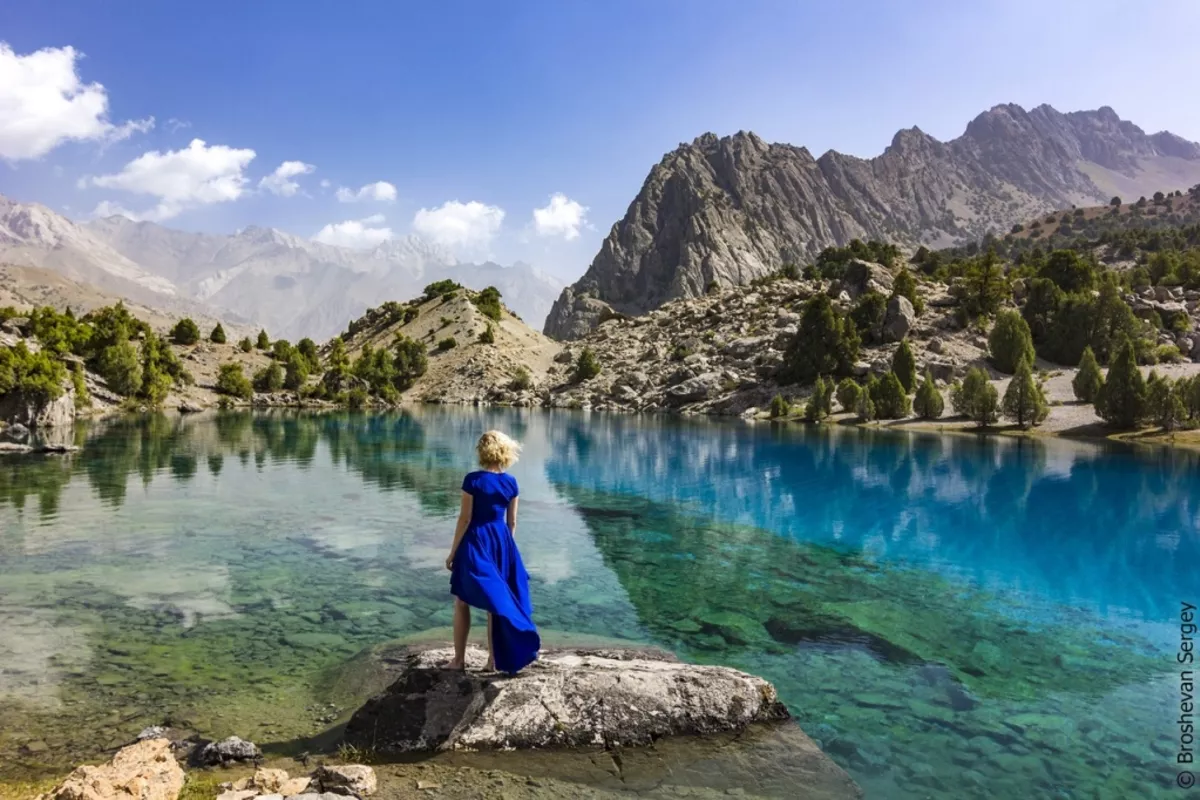
photo: Asia Plus
Tajikistan is setting its sights on becoming one of Central Asia’s most promising travel destinations - with an ambitious goal of attracting 2.1 million tourists by 2030.
The country’s tourism strategy was in focus at a roundtable held at the Russian Center for Science and Culture in Dushanbe, where experts and tour operators from Tajikistan and Russia gathered to discuss new opportunities for cooperation and tourism development, The Caspian Post reports via Tajik media.
Andrey Patrushev, head of Rossotrudnichestvo’s office in Tajikistan, said that both countries share a strong interest in promoting tourism:
“Tourism enriches our nations culturally and brings our peoples closer together,” he emphasized.
The event was part of the international forum “Time for Good Deeds”, aiming to strengthen collaboration between Russian and Tajik tour companies, develop joint routes, and promote national tourism brands. The next roundtable is scheduled for November 7 in Khujand.
Alexander Rybas, Russia’s Trade Representative in Tajikistan, highlighted that the country’s tourism industry is showing impressive momentum:
In 2024, Tajikistan welcomed 1.4 million tourists, up 12 per cent from the previous year.
In 2025, visitor numbers have already risen by 24 per cent in just the first nine months compared to the same period last year.
He noted that Tajikistan’s government aims to raise tourism’s contribution to GDP to 8 per cent by 2030, introducing incentives such as tax holidays, duty-free equipment imports, and a visa-free regime.
At the same time, Rybas pointed out ongoing challenges - hotel service quality, road infrastructure, and aviation fees - but stressed that these issues are gradually being addressed. Existing cooperation agreements between Tajikistan’s Tourism Development Committee, ATOR (the Association of Tour Operators of Russia), and regional partnerships are already paving the way for investment opportunities.
“Tajikistan has vast potential for niche tourism - from mountain and eco-tourism to wellness and adventure travel,” said Rybas.
According to Eraj Mukhammadjonzoda, representative of Tajikistan’s Tourism Development Committee and director of the “Artuch” mountaineering base, Russian tourists now rank second among international visitors to Tajikistan, with 414,000 arrivals recorded so far this year.
He underscored the country’s need for investment in small-scale tourism projects, particularly eco-camps and modular hotels suitable for remote mountain regions.
“We shouldn’t build massive resorts in hard-to-reach areas - instead, we need mobile, sustainable hotels that provide comfort without harming the landscape,” he explained.
Mukhammadjonzoda presented the concept “Development of Modular Hospitality Facilities along the Silk Road”, forecasting an annual tourism growth of 6-8 per cent, leading to 2.1 million visitors by 2030.
He also unveiled the Silkwell ‘Sayokhi Sughd’ project - a hospitality system on the Silk Road that proposes producing modular hotel units using lightweight steel structures (LSTC).
Participants noted that Tajikistan still faces digital visibility issues - outdated or inaccessible websites often prevent travelers from learning about the country’s destinations and planning their trips.
Experts from Russia stressed that Tajikistan should focus on its unique strengths: breathtaking mountains, rich cuisine, and warm local hospitality. They also recommended offering bilingual menus (Russian and English) in local establishments to improve the visitor experience.
To further expand the market, specialists highlighted the importance of B2B (business-to-business) cooperation between tour companies - especially in the field of wellness and culinary tourism. Tajik cuisine, they noted, has strong potential to stand out in the region if properly promoted.
Share on social media